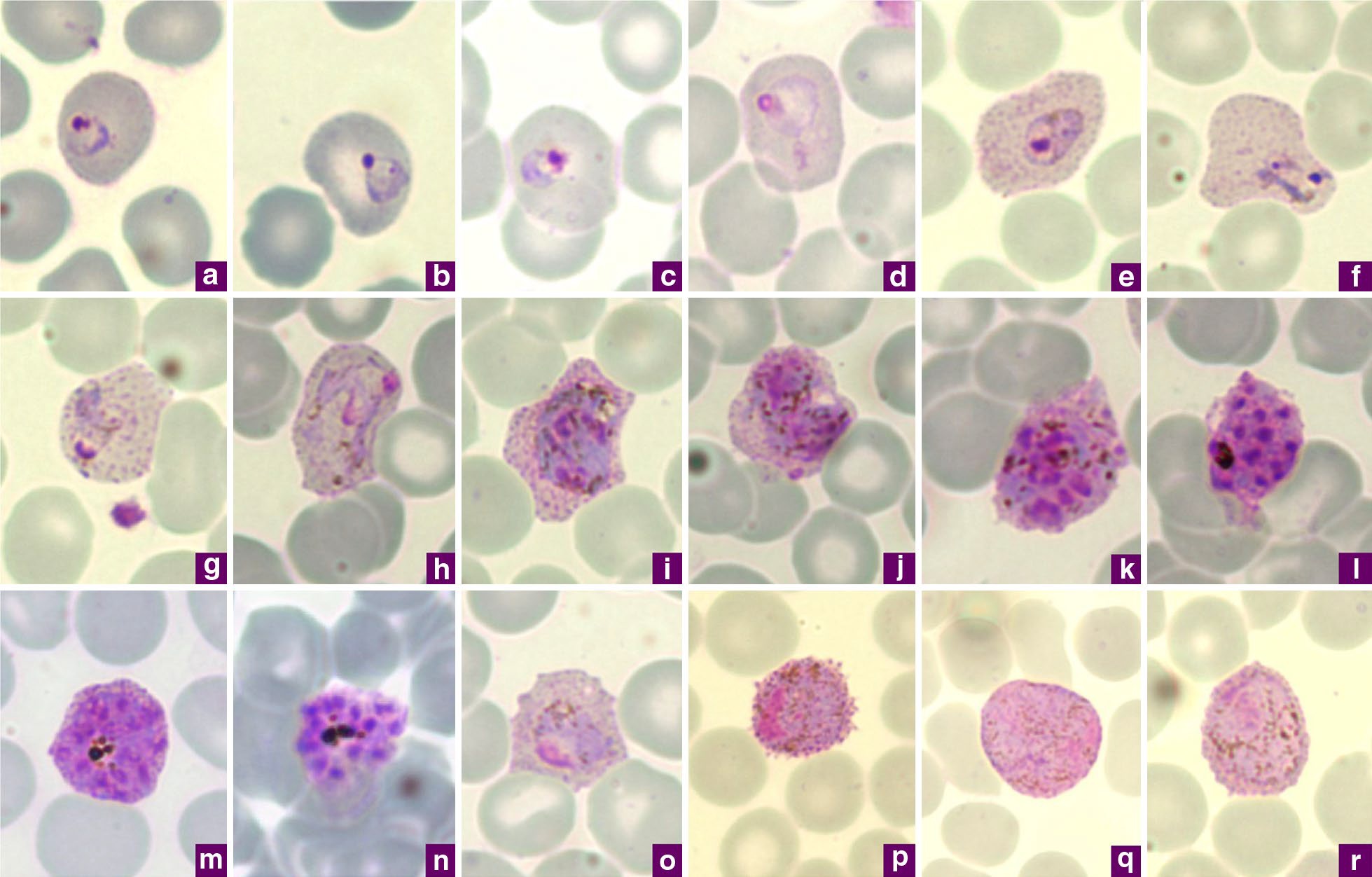|
Tafenoquine
Tafenoquine, sold under the brand name Krintafel among others, is a medication used to prevent and to treat malaria. With respect to acute malaria, it is used together with other medications to prevent relapse by ''Plasmodium vivax''. It may be used to prevent all types of malaria. It is taken by mouth. Common side effects include vomiting, headache, and dizziness. Other side effects may include methemoglobinemia, trouble sleeping, and anaphylaxis. In people with G6PD deficiency, red blood cell breakdown may occur. Use in pregnancy is not recommended. Tafenoquine is in the 8-aminoquinoline family of medications. The mechanism of action is unclear but it is effective both in the liver and bloodstream. A possible mechanism of action and other novel perspectives have been published. Tafenoquine was approved for medical use in Australia and in the United States in 2018. Tafenoquine is related to primaquine. Medical use Prevention Tafenoquine may be used to prevent all types ... [...More Info...] [...Related Items...] OR: [Wikipedia] [Google] [Baidu] |
Plasmodium Vivax
''Plasmodium vivax'' is a protozoal parasite and a human pathogen. This parasite is the most frequent and widely distributed cause of recurring malaria. Although it is less virulent than ''Plasmodium falciparum'', the deadliest of the five human malaria parasites, ''P. vivax'' malaria infections can lead to severe disease and death, often due to splenomegaly (a pathologically enlarged spleen). ''P. vivax'' is carried by the female ''Anopheles'' mosquito; the males do not bite. Health Epidemiology ''Plasmodium vivax'' is found mainly in Asia, Latin America, and in some parts of Africa. ''P. vivax'' is believed to have originated in Asia, but recent studies have shown that wild chimpanzees and gorillas throughout central Africa are endemically infected with parasites that are closely related to human ''P. vivax.'' These findings indicate that human P. vivax is of African origin. ''Plasmodium vivax'' accounts for 65% of malaria cases in Asia and South America. Unlike ''Pl ... [...More Info...] [...Related Items...] OR: [Wikipedia] [Google] [Baidu] |
Primaquine
Primaquine is a medication used to treat and prevent malaria and to treat ''Pneumocystis'' pneumonia. Specifically it is used for malaria due to ''Plasmodium vivax'' and '' Plasmodium ovale'' along with other medications and for prevention if other options cannot be used. It is an alternative treatment for ''Pneumocystis'' pneumonia together with clindamycin. It is taken by mouth. Common side effects include nausea, vomiting, and stomach cramps. Primaquine should not be given to people with glucose-6-phosphate dehydrogenase (G6PD) deficiency due to the risk of red blood cell breakdown. It is often recommended that primaquine not be used during pregnancy. It may be used while breastfeeding if the baby is known not to have G6PD deficiency. The mechanisms of action is not entirely clear but is believed to involve effects on the malaria parasites' DNA. Primaquine was first made in 1946. It is on the World Health Organization's List of Essential Medicines. It is available as a g ... [...More Info...] [...Related Items...] OR: [Wikipedia] [Google] [Baidu] |
8-aminoquinoline
8-Aminoquinoline is the 8-amino derivative of quinoline. Often abbreviated AQ, it is a pale yellow solid. It is structurally analogous to 8-hydroxyquinoline. Drug derivatives The derivatives primaquine, tafenoquine and pamaquine have been tested for anti-malaria activity. Primaquine is still used routinely worldwide as part of the treatment of ''Plasmodium vivax'' and ''Plasmodium ovale'' malaria, although how it prevents malarial recurrences is not, at present, clear. Tafenoquine was approved for medical use in Australia and in the United States in 2018. Image:Primaquine.svg, Primaquine Image:Pamaquine.svg, Pamaquine Image:Tafenoquine.svg, Tafenoquine Directing group The amine functional group is amenable to formation of amides, and thus can serve as a directing group in organic synthesis Organic synthesis is a branch of chemical synthesis concerned with the construction of organic compounds. Organic compounds are molecules consisting of combinations of covalently-link ... [...More Info...] [...Related Items...] OR: [Wikipedia] [Google] [Baidu] |
Antimalarial Agents
Antimalarial medications or simply antimalarials are a type of antiparasitic chemical agent, often natural product, naturally derived, that can be used to treat or to prevent malaria, in the latter case, most often aiming at two susceptible target groups, young children and pregnant women. As of 2018, modern treatments, including for severe malaria, continued to depend on therapies deriving historically from quinine and artesunate, both parenteral (injectable) drugs, expanding from there into the many classes of available modern drugs. Incidence and distribution of the disease ("malaria burden") is expected to remain high, globally, for many years to come; moreover, known antimalarial drugs have repeatedly been observed to elicit resistance in the malaria parasite—including for combination therapies featuring artemisinin, a drug of last resort, where resistance has now been observed in Southeast Asia. As such, the needs for new antimalarial agents and new strategies of treatment ( ... [...More Info...] [...Related Items...] OR: [Wikipedia] [Google] [Baidu] |
Malaria
Malaria is a Mosquito-borne disease, mosquito-borne infectious disease that affects vertebrates and ''Anopheles'' mosquitoes. Human malaria causes Signs and symptoms, symptoms that typically include fever, Fatigue (medical), fatigue, vomiting, and headaches. In severe cases, it can cause jaundice, Epileptic seizure, seizures, coma, or death. Symptoms usually begin 10 to 15 days after being bitten by an infected ''Anopheles'' mosquito. If not properly treated, people may have recurrences of the disease months later. In those who have recently survived an infection, reinfection usually causes milder symptoms. This partial Immunity (medical), resistance disappears over months to years if the person has no continuing exposure to malaria. The mosquitoes themselves are harmed by malaria, causing reduced lifespans in those infected by it. Malaria is caused by protozoa, single-celled microorganisms of the genus ''Plasmodium''. It is spread exclusively through bites of infected female ... [...More Info...] [...Related Items...] OR: [Wikipedia] [Google] [Baidu] |
Plasmodium Ovale
''Plasmodium ovale'' is a species of parasitic protozoon that causes tertian malaria in humans. It is one of several species of ''Plasmodium'' parasites that infect humans, including ''Plasmodium falciparum'' and ''Plasmodium vivax'' which are responsible for most cases of malaria in the world. ''P. ovale'' is rare compared to these two parasites, and substantially less dangerous than ''P. falciparum''. ''P. ovale'' has recently been shown by genetic methods to consist of two species, the "classic" '' P. ovalecurtisi'' and the "variant" '' P. ovalewallikeri'' (split by Sutherland ''et al.'' 2010, names amended to binomials by Snounou ''et al.'' 2024). Depending on the type locality of the original ''P. ovale'' defined by Stephens, one of the proposed species (likely ''P. ovalecurtisi'') may end up as a junior synonym of the old name. There is a statistically significant difference between the clinical parameters found in patients infected with either kind. History This spe ... [...More Info...] [...Related Items...] OR: [Wikipedia] [Google] [Baidu] |
Oral Administration
Oral administration is a route of administration whereby a substance is taken through the Human mouth, mouth, swallowed, and then processed via the digestive system. This is a common route of administration for many medications. Oral administration can be easier and less painful than other routes of administration, such as Injection (medicine), injection. However, the onset of action is relatively low, and the effectiveness is reduced if it is not absorbed properly in the digestive system, or if it is broken down by digestive enzymes before it can reach the bloodstream. Some medications may cause gastrointestinal side effects, such as nausea or vomiting, when taken orally. Oral administration can also only be applied to conscious patients, and patients able to swallow. Terminology ''Per os'' (; ''P.O.'') is an adverbial phrase meaning literally from Latin "through the mouth" or "by mouth". The expression is used in medicine to describe a treatment that is taken orally (but not ... [...More Info...] [...Related Items...] OR: [Wikipedia] [Google] [Baidu] |
WRAIR
The Walter Reed Army Institute of Research (WRAIR) is the largest biomedical research facility administered by the U.S. Department of Defense (DoD). The institute is centered at the Forest Glen Annex, in the Forest Glen Park part of the unincorporated Silver Spring urban area in Maryland just north of Washington, DC, but it is a subordinate unit of the U.S. Army Medical Research and Development Command (USAMRDC), headquartered at nearby Fort Detrick, Maryland. At Forest Glen, the WRAIR has shared a laboratory and administrative facility — the Sen Daniel K. Inouye Building, also known as Building 503 — with the Naval Medical Research Center since 1999. The Institute takes its name from Major Walter Reed, MD (1851–1902), the Army physician who, in 1901, led the team that confirmed the theory that yellow fever is transmitted by a particular mosquito species, rather than by direct contact. Today, the WRAIR fosters and performs biomedical research for the DoD and the US ... [...More Info...] [...Related Items...] OR: [Wikipedia] [Google] [Baidu] |
CDER
The Center for Drug Evaluation and Research (CDER, pronounced "see'-der") is a division of the U.S. Food and Drug Administration (FDA) that monitors most drugs as defined in the Food, Drug, and Cosmetic Act. Some biological products are also legally considered drugs, but they are covered by the Center for Biologics Evaluation and Research. The center reviews applications for brand name, generic, and over the counter pharmaceuticals, manages US current Good Manufacturing Practice (cGMP) regulations for pharmaceutical manufacturing, determines which medications require a medical prescription, monitors advertising of approved medications, and collects and analyzes safety data about pharmaceuticals that are already on the market. CDER receives considerable public scrutiny, and thus implements processes that tend toward objectivity and tend to isolate decisions from being attributed to specific individuals. The decisions on approval will often make or break a small company's stock ... [...More Info...] [...Related Items...] OR: [Wikipedia] [Google] [Baidu] |
Drugs Developed By GSK Plc
A drug is any chemical substance other than a nutrient or an essential dietary ingredient, which, when administered to a living organism, produces a biological effect. Consumption of drugs can be via inhalation, injection, smoking, ingestion, absorption via a patch on the skin, suppository, or dissolution under the tongue. In pharmacology, a drug is a chemical substance, typically of known structure, which, when administered to a living organism, produces a biological effect. A pharmaceutical drug, also called a medication or medicine, is a chemical substance used to treat, cure, prevent, or diagnose a disease or to promote well-being. Traditionally drugs were obtained through extraction from medicinal plants, but more recently also by organic synthesis. Pharmaceutical drugs may be used for a limited duration, or on a regular basis for chronic disorders. Classification Pharmaceutical drugs are often classified into drug classes—groups of related drugs that hav ... [...More Info...] [...Related Items...] OR: [Wikipedia] [Google] [Baidu] |
Food And Drug Administration
The United States Food and Drug Administration (FDA or US FDA) is a List of United States federal agencies, federal agency of the United States Department of Health and Human Services, Department of Health and Human Services. The FDA is responsible for protecting and promoting public health through the control and supervision of food safety, tobacco products, caffeine products, dietary supplements, Prescription drug, prescription and Over-the-counter drug, over-the-counter pharmaceutical drugs (medications), vaccines, biopharmaceuticals, blood transfusions, medical devices, electromagnetic radiation emitting devices (ERED), cosmetics, Animal feed, animal foods & feed and Veterinary medicine, veterinary products. The FDA's primary focus is enforcement of the Federal Food, Drug, and Cosmetic Act (FD&C). However, the agency also enforces other laws, notably Section 361 of the Public Health Service Act as well as associated regulations. Much of this regulatory-enforcement work is ... [...More Info...] [...Related Items...] OR: [Wikipedia] [Google] [Baidu] |






